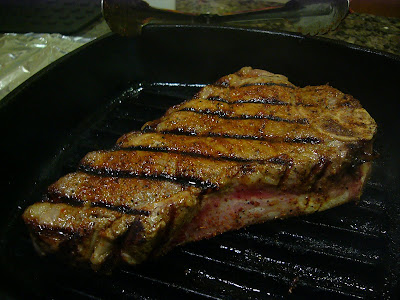Info:
Italian meringue is made with boiling sugar syrup, instead of caster sugar. This leads to a much more stable soft meringue which can be used in various pastries without collapsing. In an Italian meringue, a hot sugar syrup is whipped into softly whipped egg whites till stiff. This type of meringue is safe to use without cooking. It will not deflate for a long while and can be either used on pies and Baked Alaska, or spread on a sheet and baked for meringues.http://en.wikipedia.org/wiki/Meringue
Ingredients
- 1 cup superfine sugar
- 1/3 cup water
- 5 egg whites, at room temperature
- 1/4 teaspoon cream of tartar
Directions
In a small pot over low heat, combine sugar and water. Swirl the pot over the burner to dissolve the sugar completely. Do not stir. Increase the heat and boil to soft-ball stage (235 to 240 degrees). Use a candy thermometer for accuracy. Wash down the inside wall of the pot with a wet pastry brush. This will help prevent sugar crystals from forming around the sides, falling in and causing a chain reaction. Prepare your meringue.
In the bowl of an electric mixer, whip the eggs whites on low speed until foamy. Add the cream of tartar, increase the speed to medium, and beat until soft peaks form.
With the mixer running, pour the hot sugar syrup in a thin stream over fluffed egg whites. Beat until the egg whites are stiff and glossy. Spread the meringue over a hot cake or pie, and bake as directed.
For Meringue Cloud Cookies: Preheat oven to 200 degrees F. Line baking sheets with parchment paper. Dollop spoonfuls of meringue onto baking pans, alternatively you may use a pastry bag with a star tip. Bake for 2 hours until crisp. Turn off the oven and allow meringues to cool and completely dry out.



















